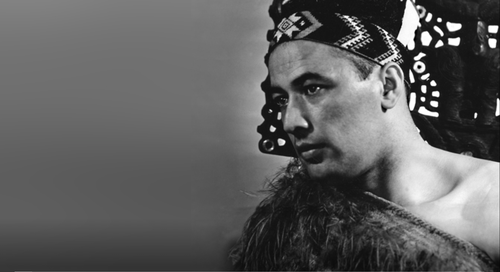
Lu Uruamo Paul (1911-1943) - Ngāti Whātua (Image: Airini Ngā Roimata Grennell - Ngā Taonga Sound & Vision collection)
Lu Uruamo Paul - Au e Ihu (Soldiers Hymn)
Lu Uruamo Paul leads reinforcements of the 28th Māori Battalion singing the battalion hymn Aue Ihu in camp in Northland, 1943.
Lu (Lou) Uruamo Paul grew up in Auckland around Ōrākei and Rewiti. In the late 1920’s Lu became a prominent Māori entertainer with his show band Lu Paul and his Māori Maids. In 1939 he recorded Walter Smith’s song Beneath a Māori Moon with Kīngi Tahiwi (Jnr) at Beacon Records, Ponsonby, Auckland. (It was also famously recorded by the Māori All Black legend George Nepia.) This is believed to be the first commercial gramophone recording to be processed in New Zealand although the 78rpm discs were pressed in the USA.
Lu was also known as a great sportsman person, a good rugby player and an Auckland representative in tennis.
When the National Commercial Broadcasting Service was set up in 1936, he was the first Māori broadcaster at 1ZB Auckland. He had a show each Sunday evening and although he was not allowed to speak Māori on the airwaves, he often brought his whānau from Ōrākei Marae to sing waiata Māori live to air.
When he volunteered to go to war, the broadcasting service offered him a war correspondent position, but he chose to go into the military instead and was a 2nd Lieutenant with A Company of the 28th Māori Battalion under Captain James Hēnare.
In December 1943, Lu and another Lieutenant were escorting prisoners of war when they were pinned down by heavy enemy fire. They ended up walking into a mine field and he was killed along with 2 others and much mourned by radio audiences back home. He lies at Sangro River War Cemetary in Cheti, Italy.
(Information supplied by whānau)
Collection reference 55749
Year 1940
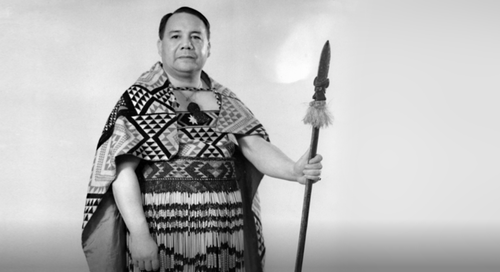
Te Aritaua Pitama (1906-1958) - Ngāi Tahu, Ngāti Mamoe
Te Aritaua Pitama - Aotearoa Calling
Te Aritaua Pitama was recruited by Colin Scrimgeour of the National Commercial Broadcasting Service as one of the team of four Māori announcers for the ZB network. He broadcast from 3ZB Christchurch for several years before continuing to teach Māori waiata, haka, poi as well as Latin motets, hymns and carols. He also worked tirelessly helping raise funds for the war effort.
This excerpt from his programme Aotearoa Calling is a good example of how the use of Te Reo Māori was restricted in the main to announcers' greetings and sign-offs.
Collection reference 263397
Year 1940s
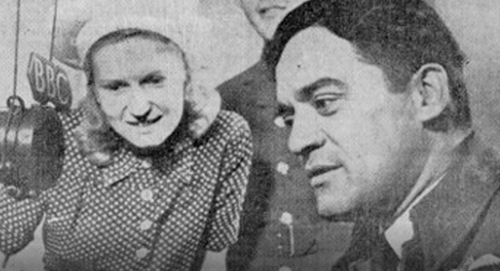
Kīngi Te Aho Aho Gilling Tahiwi Jnr (1914-1942) - Ngāti Raukawa (Image: Cover of New Zealand Listener , 25 September 1942 - Alexander Turnbull Library)
Kīngi Te Aho Aho Gilling Tahiwi Jnr - Talks from London
Kingi was the regular host of a 2ZB session aimed at female listeners and his smooth on-air technique and good looks quickly made him a favourite. When war broke out he joined the Royal Air Force based in Britain, and made several broadcasts home via the BBC about how New Zealanders were finding life in war-torn London. Shortly after his last broadcast for Calling New Zealand in September 1942, Pilot Officer Tahiwi was lost on a flight over the Mediterranean and again, radio audiences in New Zealand mourned the loss.
In this item, Tahiwi signs off from the programme Calling New Zealand, broadcast from London in 1942. He also featured the same month on the cover of The Listener magazine.
Collection reference 31663
Year 1942
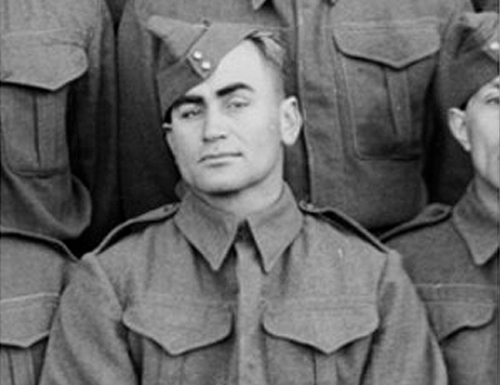
Edward (Ted) Henry Nēpia (1904-1983) - Ngāti Kahungunu (Image: Te Papa Tongarewa Museum of New Zealand (PA.000044) - Richard John James Thomson, c. 24 June 1944)
Edward (Ted) Henry Nēpia - Message Home
Edward (Ted) Henry Nēpia (Ngāti Kahungunu) was based at Ōkautete in Masterton when he volunteered for active service with the 28th Māori Battalion in World War II, attaining the rank of Staff Sergeant. While serving in Italy in 1945, he recorded a brief history of the Battalion’s activities for the Broadcasting Service, a fore-runner of his future broadcasting career after the war.
This clip was recorded before Nepia had officially joined 2ZC. He sends a message home from Italy while serving with the 28th Māori Battalion in English and Te Reo Māori with a special message to his whānau and friends.
Collection reference 19985
Year 1945
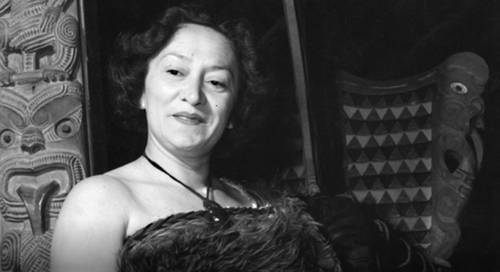
Airini Ngā Roimata Grennell (1910 -1988) - Ngāti Mutunga, Ngāti Tama, Kāi Tahu (Image: Ngā Taonga Sound & Vision Collection)
Airini Ngā Roimata Grennell - Martin Winiata’s Polynesian Trio
In 1938 Grennell had become interested in radio broadcasting through performing on air, and was invited to join 4ZB in Dunedin in October of that year. Her immaculate voice training and superb diction in both te reo Māori and English, with a noted BBC-ish lilt, suited her to the position well. A talented soprano, Airini toured with other announcers singing and playing piano to help raise funds to support war efforts at community concerts during World War Two.
She was targeted and recruited to work at 1ZB in Auckland before returning to Christchurch working as an announcer on the 3ZB and 3YA stations, eventually creating a series of programmes for women and initiating a network of women’s programmes on national radio.
Airini Ngā Roimata Grennell retired in 1966 after 28 years in broadcasting, which included providing commentary on no less than five royal tours and she was one of the first Māori women to appear, albeit briefly, on television. Intellectual, witty and humble she has been credited as helping to bring about the Māori cultural renaissance.
In this Christmas item Airini Grennell presents a programme of Māori waiata accompanied by Martin Winiata’s Polynesian Trio.
Collection reference 182531
Year 1949